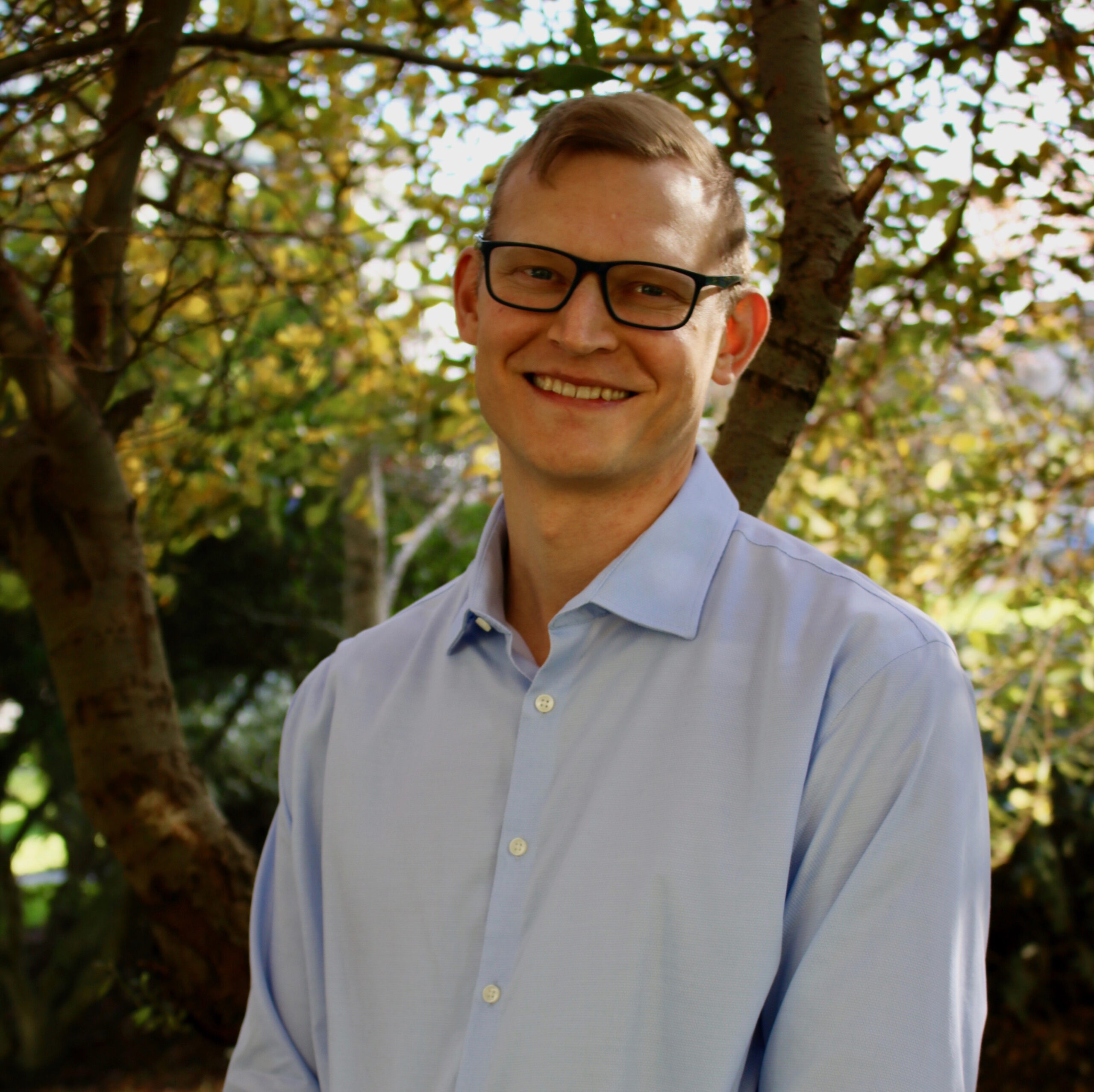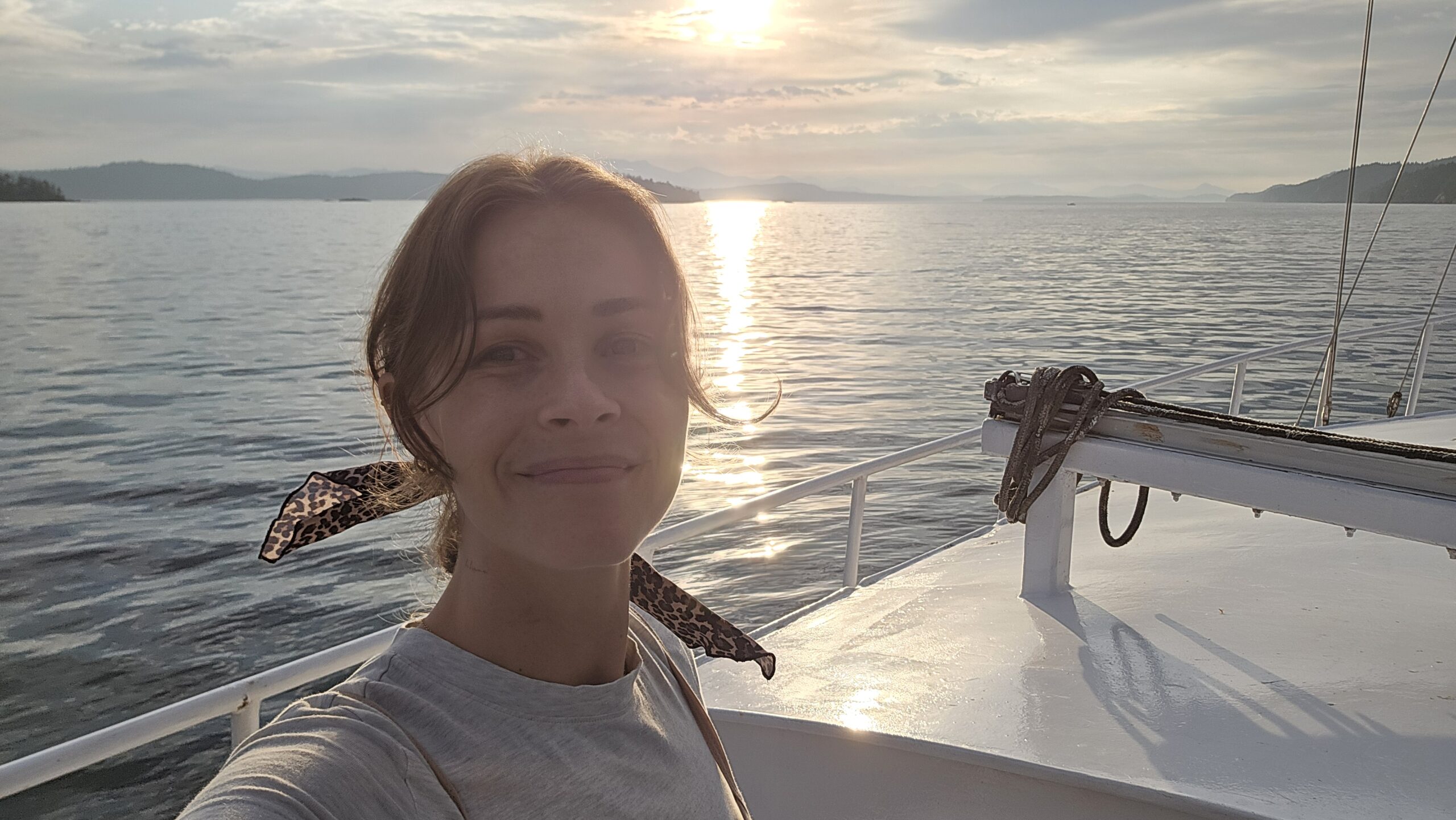I was watching a YouTube video of an amazing contortionist, Aleksei Goloborodko, who had been practicing contortionism ever since he was 4-years-old. As I watched his unbelievable movements I couldn’t understand how he wasn’t in pain. Not only was he in no pain, he said with a smile “it feels awesome, like having a super power.” This is an extreme example of something I have seen throughout my time working with hypermobile people; flexible joints don’t necessarily mean painful joints.
On closer inspection I realised Aleksei’s story contained injury prevention strategies that matches with the scientific literature. Specifically, Aleksei developed his abilities over a long time, he has a long warm up, his training is specific to the activity he is participating in, and contortion is an activity Aleksei values.
While Aleksei is clearly a unique case, research on injury prevention has identified the following guidelines that can be adapted to all those with hypermobility:

- Chose an activity or a physical goal that you value
- Perform that activity slowly and easily for about five minutes to warm up
- After you have warmed up, establish an amount of that activity that does not flare up your symptoms
- Progress that amount by no more than 25% per week
- Leave at least two “rest” days between participating in that activity
An example of how you might apply these rules for yourself would be to write out a plan as follows:
- My goal is to hike Mount Douglas (a 90 minute round trip) with my friend. Currently, the most walking I do is 20 minutes to and from the office
- I plan to start a walking program on Mount Douglas on Mondays and Thursdays
- On the first Monday I will walk on a flat area for five minutes before introducing any significant incline
- I will then follow this warm up by heading up the mountain for a 20 minute round trip
- If I don’t “pay” for that with an increase in my symptoms of over 20%, and my symptoms are back to “normal” by Thursday, I will do the 20 minute round trip again
- Assuming I am back to “normal” by the next Monday, I will do a 24 minute round trip on the Monday and Thursday
- The following week I will do a 30 minute round trip on the Monday and Thursday
- I will then continue that rate of progression and it will take me about 8 weeks to condition my body to a 90 minute hike of Mount Douglas without injury
I appreciate that symptoms can vary day-to-day and that it is not always easy to follow a linear progression as outlined in my example. However, applying the scientific literature as best we can, the take home message is to pick an activity that interests you, start conservatively, and slowly build from there.
Want to read more of Aaron’s articles on EDS, click here.




